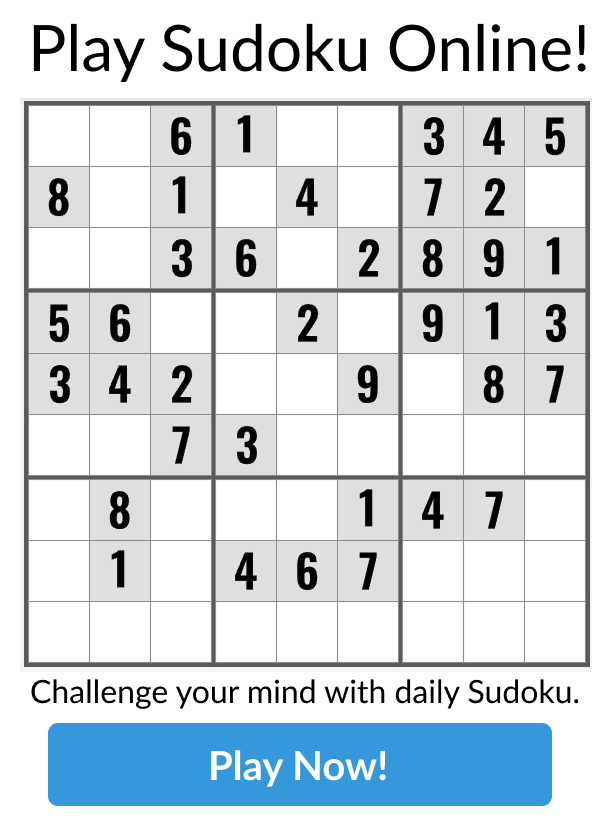Master Your Mortgage, Maximize Your Wealth
Achieve your goals with tools and content to help you make the best financial decisions.

Financial calculators
Calculators to help with all your financial needs from purchasing a home to planning your personal finances.
Mortgage Affordability Calculator
See how much mortgage you can afford
Mortgage Payment Calculator
Estimate your monthly mortgage payment
Income Percentile Calculator
How does your income compare to others?
Income Percentile By Age Calculator
What is your income percentile based on age?
Net Worth Percentile Calculator
How does your net worth compare to others?
Net Worth Percentile By Age Calculator
What is your net worth based on age?
United States Mortgage Articles
Wealthvieu in other countries
Wealthvieu also has great financial calculators for Canada. You can find these at Wealthvieu Canada as well as Wealthvieu United Kingdom